Bett was everything. An amateur herbalist, she’d forage the hedgerows for leaves and serve up her concoctions with such assurance that you were cured even before you’d taken a single sip. She was a haberdasher, selling everything from angora to rickrack in the local village of Bugbrooke, Northamptonshire. She dabbled in antiques, seeing beauty in unloved pieces that other people would have relegated to the rubbish tip. She was a fastidious home maker, polishing every surface until it threw back her determined reflection. She gave this ‘Honeymoon’ spoon to her daughter-in-law Maggi in the first few years of her marriage. Maggi and Bett’s relationship was founded more on respect than warmth but they grew closer even after Maggi’s marriage to Bett’s son ended. Bett developed a fondness for Maggi’s new husband Brian. Maggi still uses the spoon – but just to take eggs out of boiling water, as Brian says ‘it’s no good for soup’.
11 Aug 2013
It was as predictable as kids in the back of the car asking ‘are we there yet?’. Every day when her mum, Kate, got home from work Grace would ask if she’d found her vest. The bobbly fibres made a satisfying ticking noise when Grace stroked them, soothing her to sleep or calming her when she was upset. But the vest was lost. The auditioning took time, the replacement needed to sound and feel the same. Finally Kate found one that Grace was happy to adopt. The vest went everywhere with her. When her mum decided it needed a wash Grace would pull it out of the laundry box to preserve its warm smell. That was 20 years ago and although Grace no longer falls asleep with it she would be bereft without it.
04 Aug 2013
They never spent Christmas in London, the winter was too cold and dark and endless. They travelled to be by the sea. Alan worked on the coast, in Bexhill but he never had the time to enjoy the sea of Bexhill-on-Sea. So in the middle of a cold English December they flew to India. They rented a room in a beach-side cabin between Kannur and Thalassery taking morning swims in the warm water. Immediately they arrived Cat told Alan she thought she’d been to India before – she felt so peculiarly at home. Alan, the empiricist to Cat, the spiritualist, looked at her sceptically but affectionately. In 2013 Cat returned to Kerala. She drove to a local government building, each room had been given over to a local artisan. This is where she bought her Ganesh. In London it reminds her of her home from home, of warmth and of her 28 years with Alan, who died in 2011.
28 Jul 2013
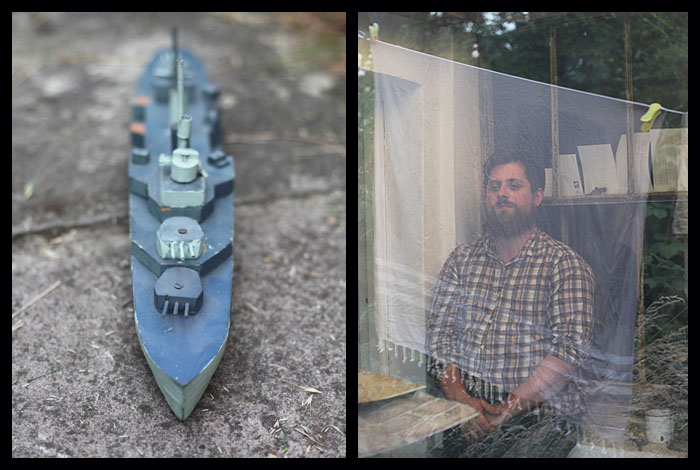
It was the joy of seeing boats every day, as much as the Isle of Wight’s mild climate and sea air, that helped him convalesce. John’s ambition to be a naval architect was cemented here but his parents insisted that he study general architecture. When war was declared the navy refused his application because of his childhood TB. He moved to the Orkney Islands and worked as a civil engineer for the Admiralty. The years John spent working at the island base honed his encyclopedic knowledge of ships and their liveries. He made this model of the HMS Glasgow with his grandson Henry. Boat building weekends became Henry’s refuge from school. After his grandparents died Henry helped clear out their house. He took a call from a neighbour, noting down her details on a scrap of paper. When he turned the paper over it read ‘SQUIRREL DAMAGE REPAIRED STOP GLASGOW READY FOR SEA STOP’ in heavily punched type. It was a ‘TOP SECRET’ ‘telegram’ that his grandfather had written when Henry was a boy. It reported another break in. Squirrels had chewed away at the armada stored in the attic eaves. The evidence is here in the model that Henry saved from John and Helen’s house. Two distinct brown patches are left where the paint has been nibbled away.
21 Jul 2013
Mel was curious to see how long it would take to make something so beautiful. Conveniently the hardware store was opposite her flat. Mo grinned and rolled his eyes as she walked in. She handed him the cutting specifications. All the widths were standard so in less than half an hour she was back home. The very first Crate chair was made in the early 30s by Gerrit Rietveld, the son of a joiner. His design was born out of the global recession, using materials readily available to everyone – it could be made out of an old packing crate. It makes perfect sense that Mel should love this chair, with her childhood in Brazil, a country steeped in Modernism but one where poverty has compelled people to be inventive and improvise. In just over three hours the chair was finished. She made it as a present, a reading chair for Leo, in their twelfth year together.
14 Jul 2013
This was ‘the toy of the time’. Sara had never been a scribbler. As a 6 year old she was already fastidious. Her colouring in was always ‘in’, carefully controlled so it never went over the fat outline of smiling hippos, apples and school children clutching books. In the late 80s she was given a spirograph set. This was precision. She loved its perfect forms, symmetry and interlocking spirals. She even loved how easily it was ruined, holding her breath until the pen slipped and she’d have to start again. This small, basic set is long gone now, sold at the local charity shop or lost under the yellow candy floss of attic insulation. Last year Sara’s mum bought her this second-hand set, a ‘pro’ version of endless configurations. And Sara is holding her breath again.
07 Jul 2013
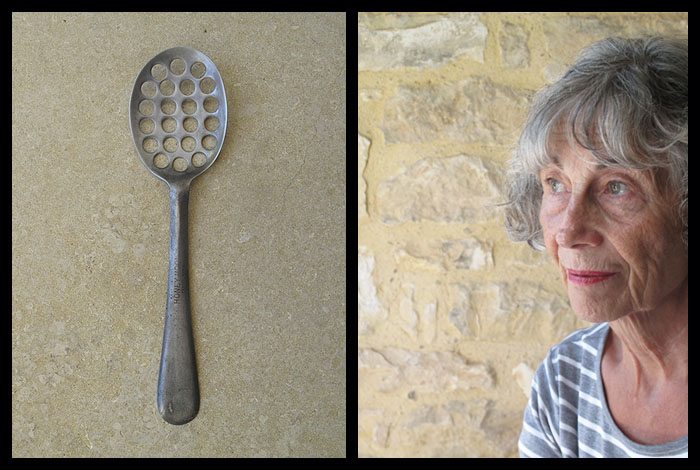
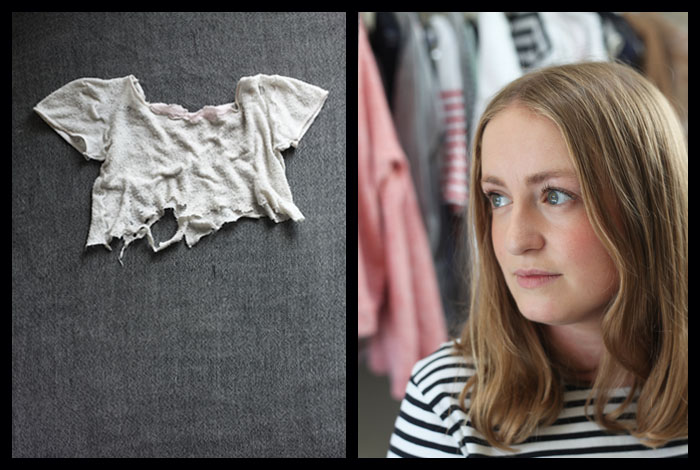
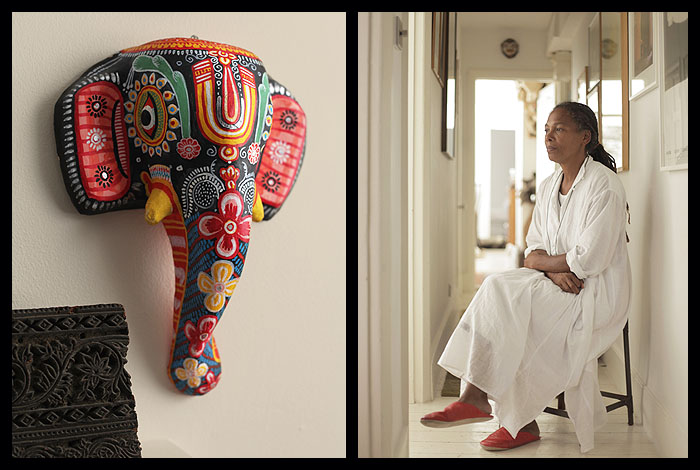

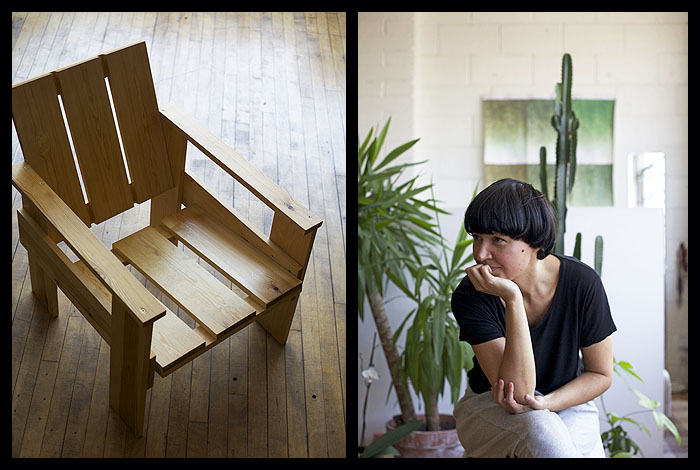
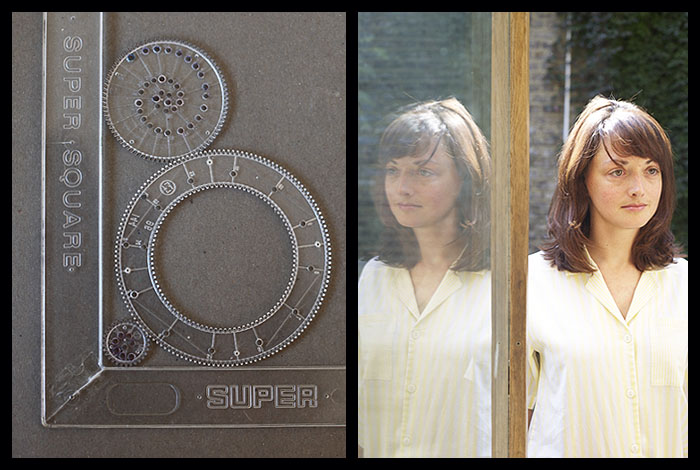
 Subscribe to RSS
Subscribe to RSS Follow us on Twitter
Follow us on Twitter